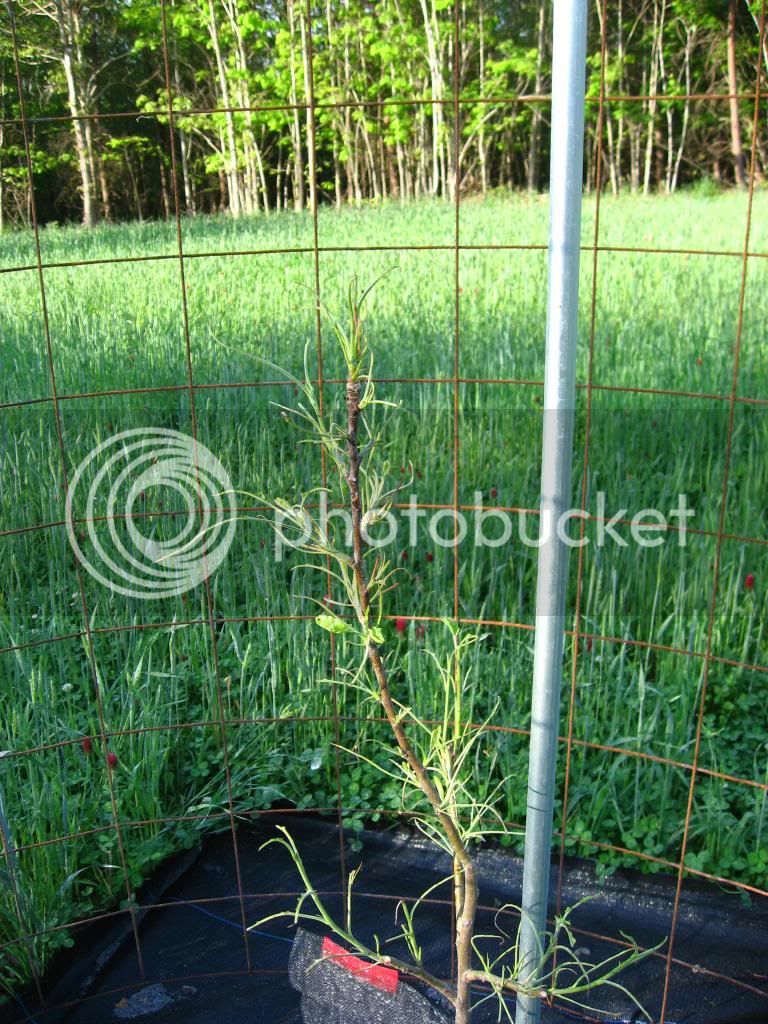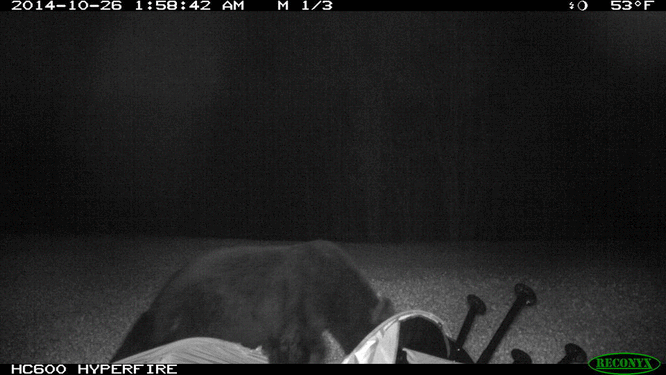Lot2Learn
5 year old buck +
I'm looking for some advice on dealing with tent caterpillars.
I've got hundreds of nests in dozens of trees (native cherry trees?) that border a couple of my orchards. The challenge is that the nests are too high (25'+) in the trees to be reached with my sprayer.
Last weekend my friends and I cut a few of the trees down, cut out the nests, and killed thousands of tent caterpillars, but I don't think this is a viable strategy to solve the problem.
Question: how do tent caterpillars get out of the trees to attack my fruit trees? If they have to crawl down, perhaps I could coat the base of the tree with something to kill them before they get to my trees? Or maybe there's a trap that I could use?
I'd like to avoid the problem I had last year when our spraying schedule got a little delayed.

Thanks in advance.
I've got hundreds of nests in dozens of trees (native cherry trees?) that border a couple of my orchards. The challenge is that the nests are too high (25'+) in the trees to be reached with my sprayer.
Last weekend my friends and I cut a few of the trees down, cut out the nests, and killed thousands of tent caterpillars, but I don't think this is a viable strategy to solve the problem.
Question: how do tent caterpillars get out of the trees to attack my fruit trees? If they have to crawl down, perhaps I could coat the base of the tree with something to kill them before they get to my trees? Or maybe there's a trap that I could use?
I'd like to avoid the problem I had last year when our spraying schedule got a little delayed.

Thanks in advance.

